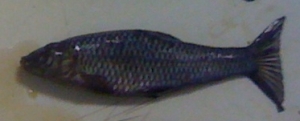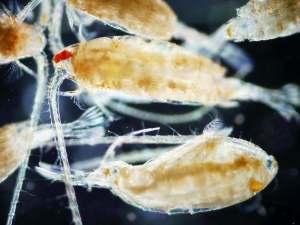Updated: 23/04/2025
Invasive species have negative economic and environmental consequences worldwide and, in our changing world, it has become increasingly important to understand their impacts. However, when assessing the impacts of invasive species, scientists often compare un-invaded sites with highly invaded sites, representing the ‘worst-case scenario’. Consequently, there is little information on how the impact of invaders varies with their population size. In the Early View paper “Population density modifies the ecological impacts of invasive species” we use experimental ponds to assess how ecological impact varies across different population densities for a model invasive fish (Pseudorasbora parva).
We examined the relationship between density and impact to develop density-impact curves (see attached figure). We found both linear and non-linear density-impact curves for different direct and indirect ecological impacts. For instance, the relationship between fish density and zooplankton biomass and abundance was a high-threshold curve, indicating a smaller impact than a linear relationship would predict.
We also found density-impact relationships that were linear, low-threshold or s-shaped. Therefore, we caution against
the common assumption that ecological impact increases linearly with invader density. An understanding of the relationship between invader population density and ecological impact can assist in developing realistic and sustainable management strategies for controlling the negative impacts of invaders.

The potential relationships between invasive population density and
ecological impacts. Re-drawn from Yokomizo et al. (2009, Ecological
Applications; DOI:10.1890/08-0442.1).
Michelle C. Jackson and co-authors


